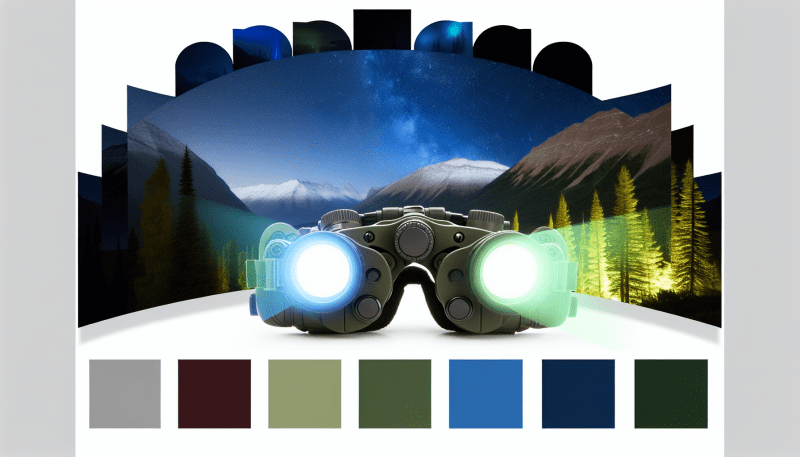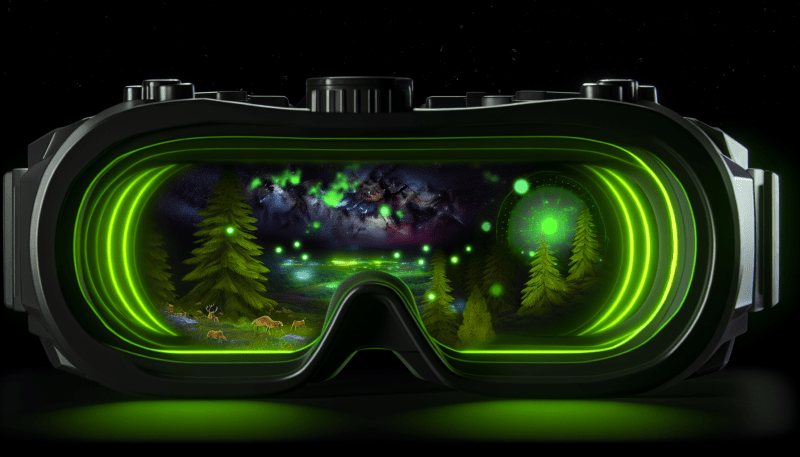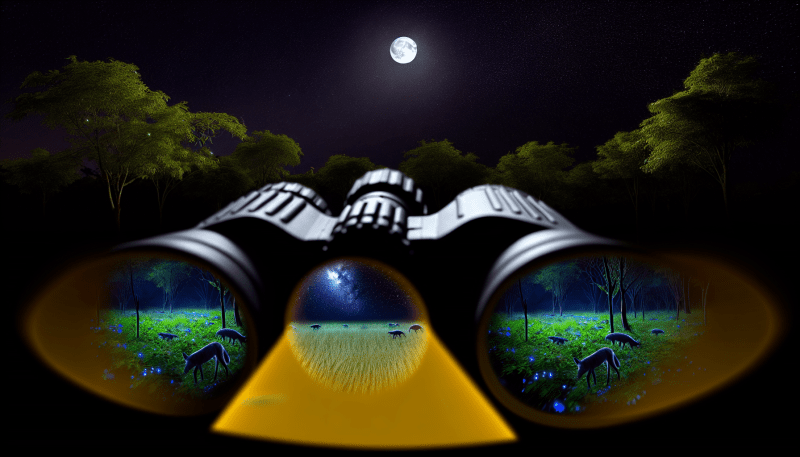Night vision binoculars are fascinating tools that let you see in low-light conditions, whether you're out in the woods or just stargazing in your backyard. But before you jump in and start using them, it’s helpful to understand some of the basics that make these devices tick.
First off, night vision binoculars use special technology to amplify available light, allowing you to see in the dark without needing extra illumination. Most commonly, there are two types: image intensifiers and thermal imaging. Image intensifiers boost existing light through electronic means, making them great for moonlit nights. Thermal imagers, on the other hand, detect heat signatures, making them perfect for spotting warm-blooded animals, even in total darkness.
When shopping for night vision binoculars, consider their generation level. The higher the generation (like Gen 2 or Gen 3), the better the clarity and performance in low light. That said, they also come at a higher price. If you're just starting out, you might want to try a Gen 1 model to see how you like them before investing in a fancier option.
Another important factor is magnification. While a higher magnification can give you a closer look, keep in mind it often sacrifices stability and field of view. A magnification of around 7x to 10x is generally a good sweet spot for night vision binoculars, providing a balance between clarity and ease of use.
Lastly, don’t forget about build quality and durability. Look for features like weather resistance and a comfortable grip, especially if you plan on using them regularly outdoors. A sturdy pair will not only enhance your experience but also ensure longevity, so you can enjoy your night adventures night after night!
Tips for Optimal Nighttime Viewing
If you’re excited to dive into nighttime viewing with your new binoculars, a few tips can help you get the most out of the experience. Here’s how you can enhance your stargazing or wildlife watching without a hitch!
1. Find a Dark Location
To see the best detail, look for spots away from city lights. Try a park or open field where natural darkness prevails. The fewer light distractions, the clearer your view will be!
2. Let Your Eyes Adjust
Give your eyes some time to adjust to the night. It can take about 20-30 minutes for your eyes to fully adapt. During this time, avoid looking at bright lights to keep your night vision intact.
3. Use a Steady Hand
Keeping your hands steady makes a world of difference. Consider using a tripod or resting your elbows on a solid surface. This will help you avoid that annoying shakiness that can blur your view.
4. Clean Your Lenses
Make sure your binocular lenses are clean. A little dust or smudge can limit your visibility. Use a soft microfiber cloth to keep them clear and ready for action.
5. Experiment with Different Settings
If your binoculars have adjustable settings, don’t hesitate to play around with them! Adjusting the focus or zoom based on your environment can lead to an even better viewing experience.
Common Night Vision Challenges Explained
Using night vision binoculars can open up a whole new world of exploration, but there are some common challenges that users might face. Knowing what these challenges are can help you use your binoculars more effectively and get the most out of your nighttime adventures.
First up, we have low light conditions. Sometimes, it seems like no matter how good your binoculars are, they just can’t make things bright enough. This can happen if the ambient light is too low or if there are obstacles blocking any available light. To tackle this, try to find a location where there’s a little more light, like near the edge of a forest or open fields.
Another challenge is image clarity and focus. As you use night vision gear, it can be tricky to keep your subject in focus, especially if you're moving or if your hands are unsteady. A good tip here is to practice focusing on steady objects before zooming in on moving targets, helping you get a feel for how your binoculars work during low light.
Lastly, we can’t forget about the battery life. Night vision binoculars can drain batteries pretty quickly, especially if you’re using other features like infrared. Always be prepared by carrying extra batteries in a safe spot. It’s a small step that can save you from missing out on some incredible nighttime sights!
Care and Maintenance for Longevity
Taking good care of your night vision binoculars can really make a difference in how well they perform over time. Here are some easy tips to help keep your gear in excellent shape:
By following these simple care tips, your night vision binoculars can help you see clearly for many adventures to come. Happy stargazing!





